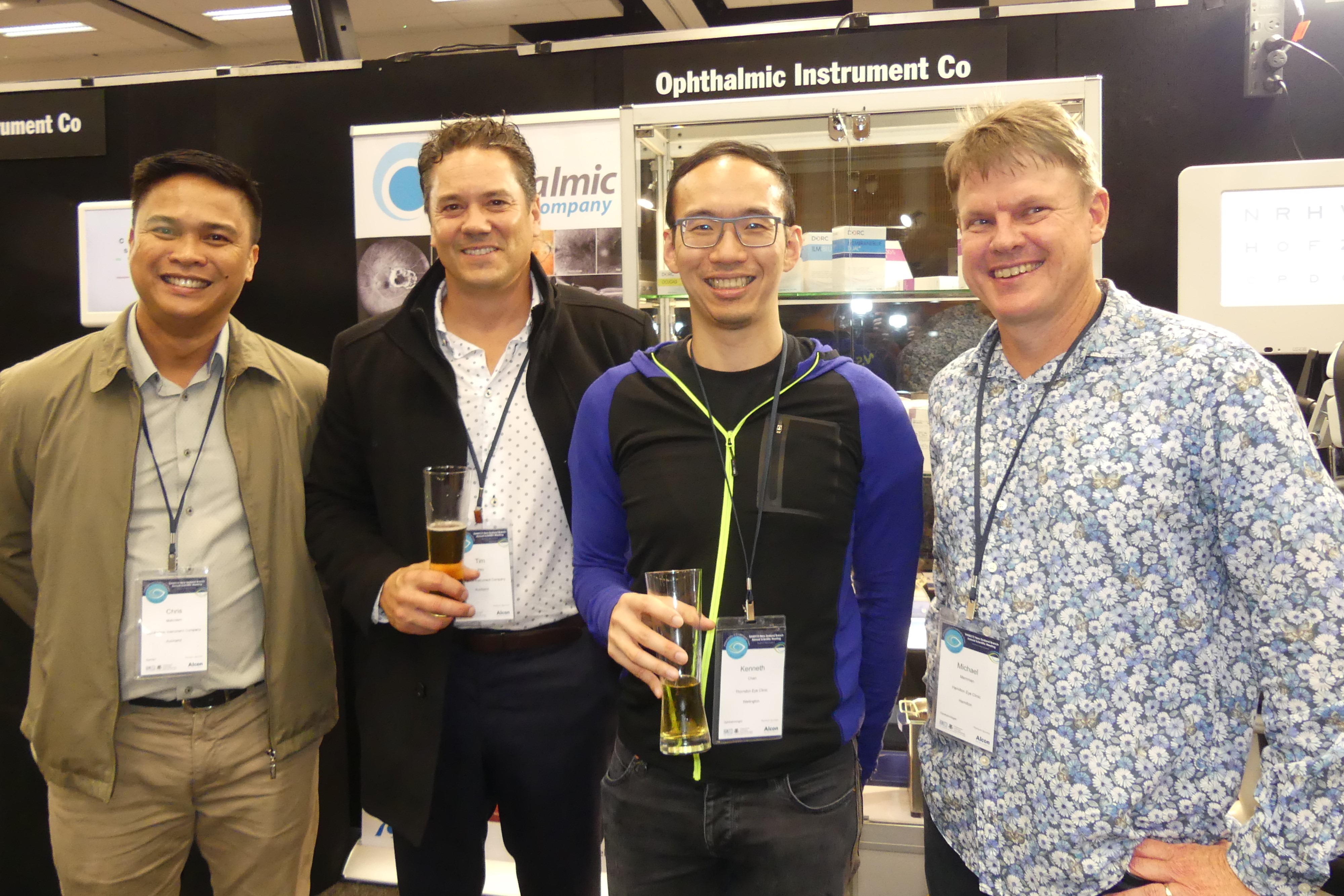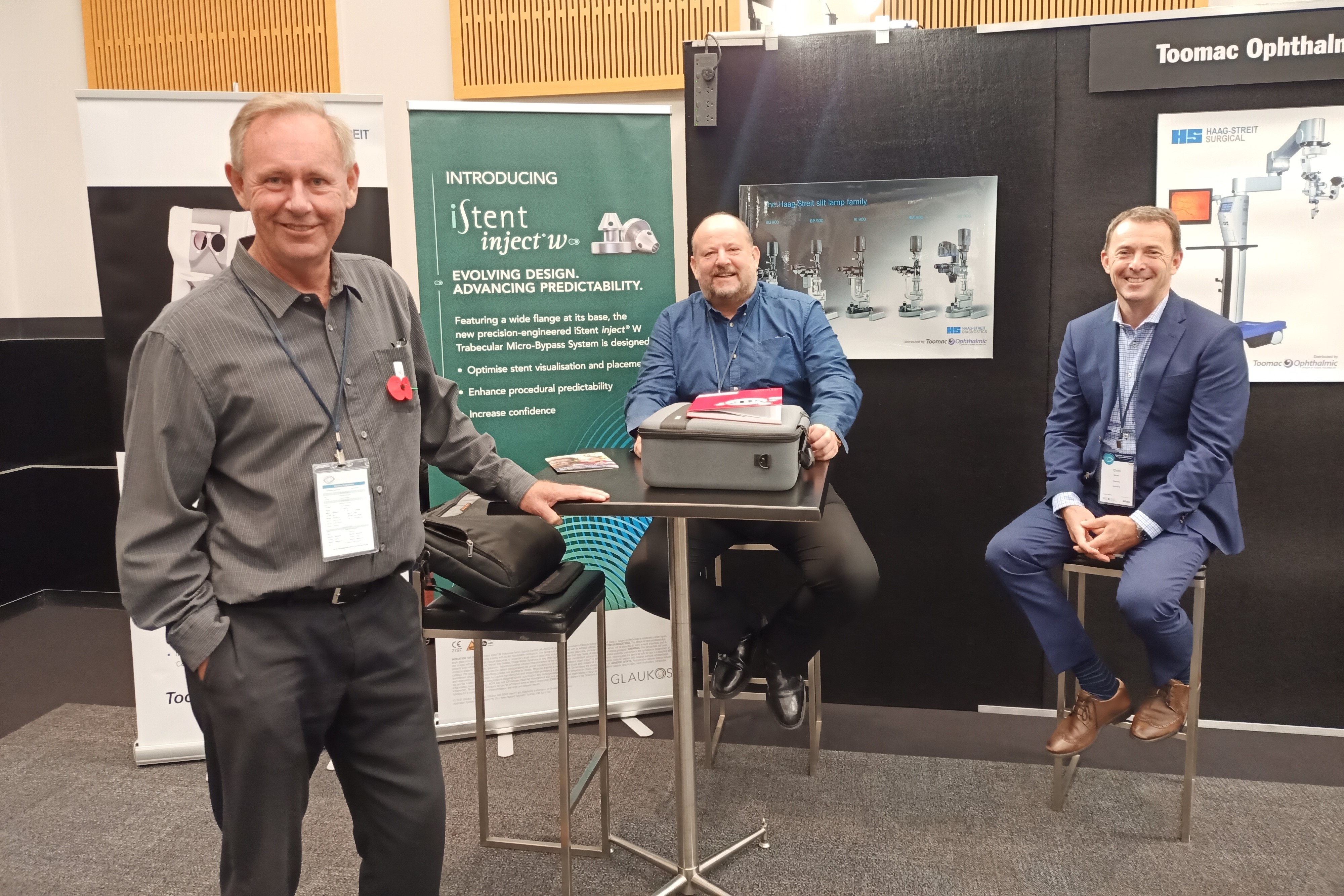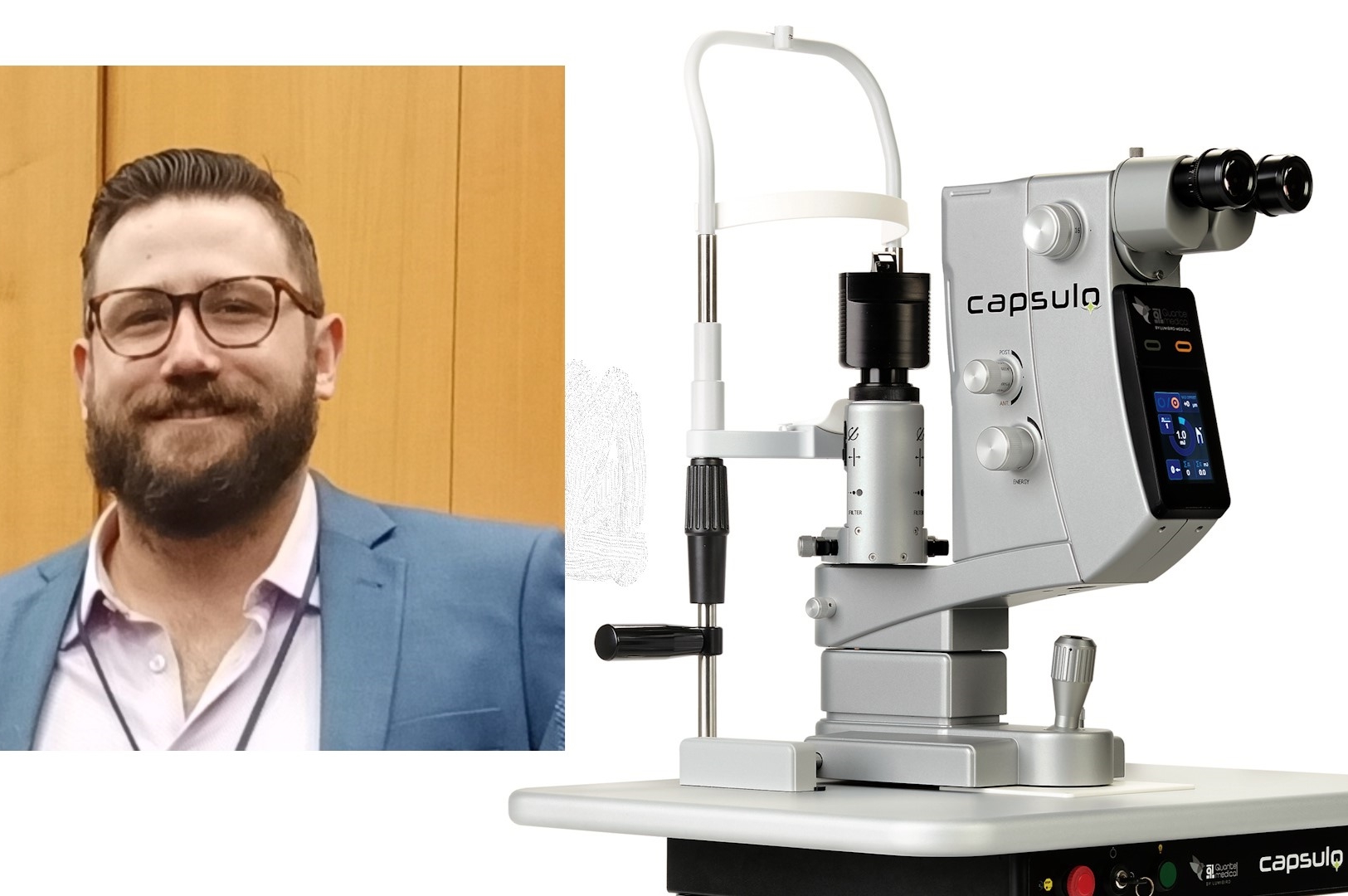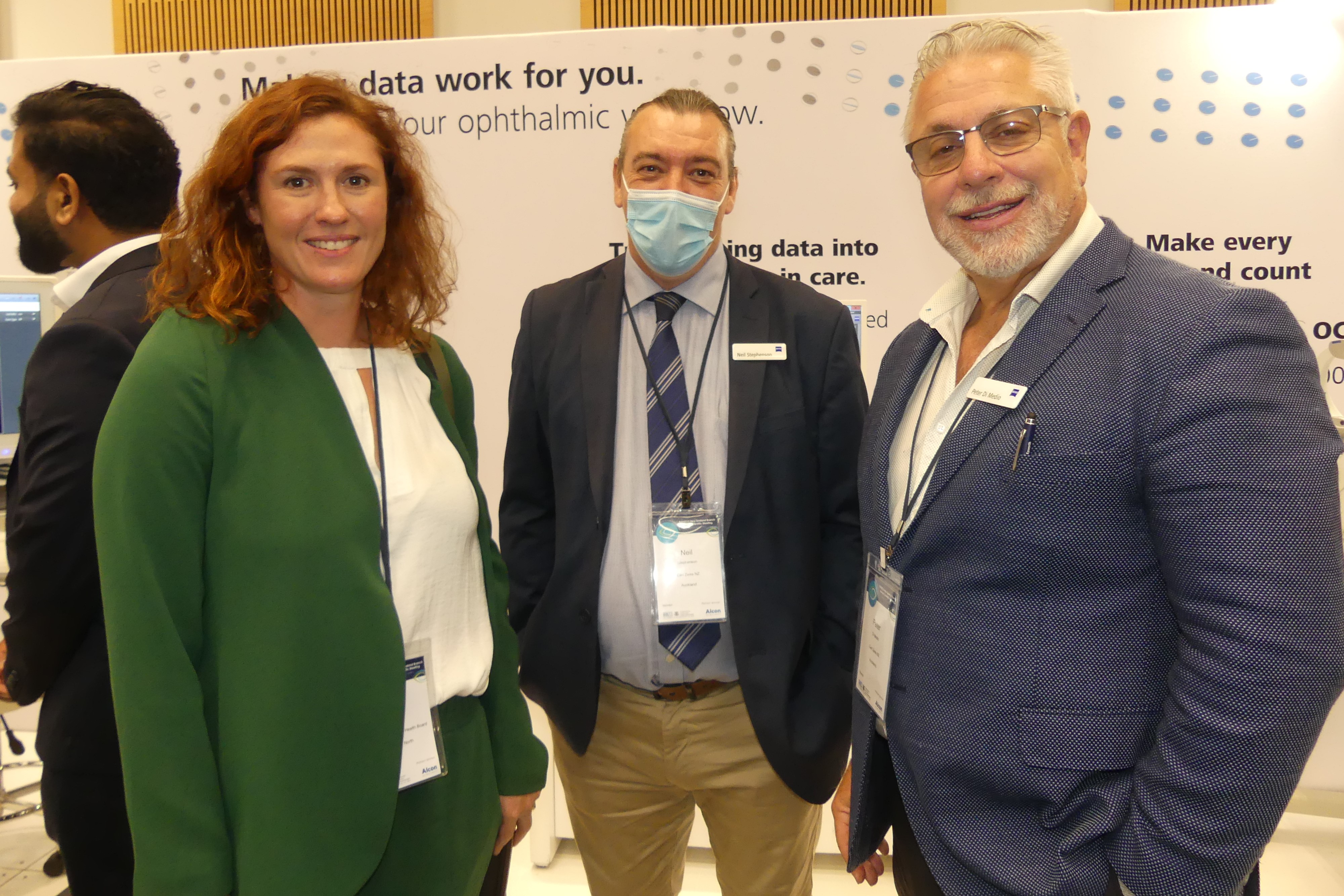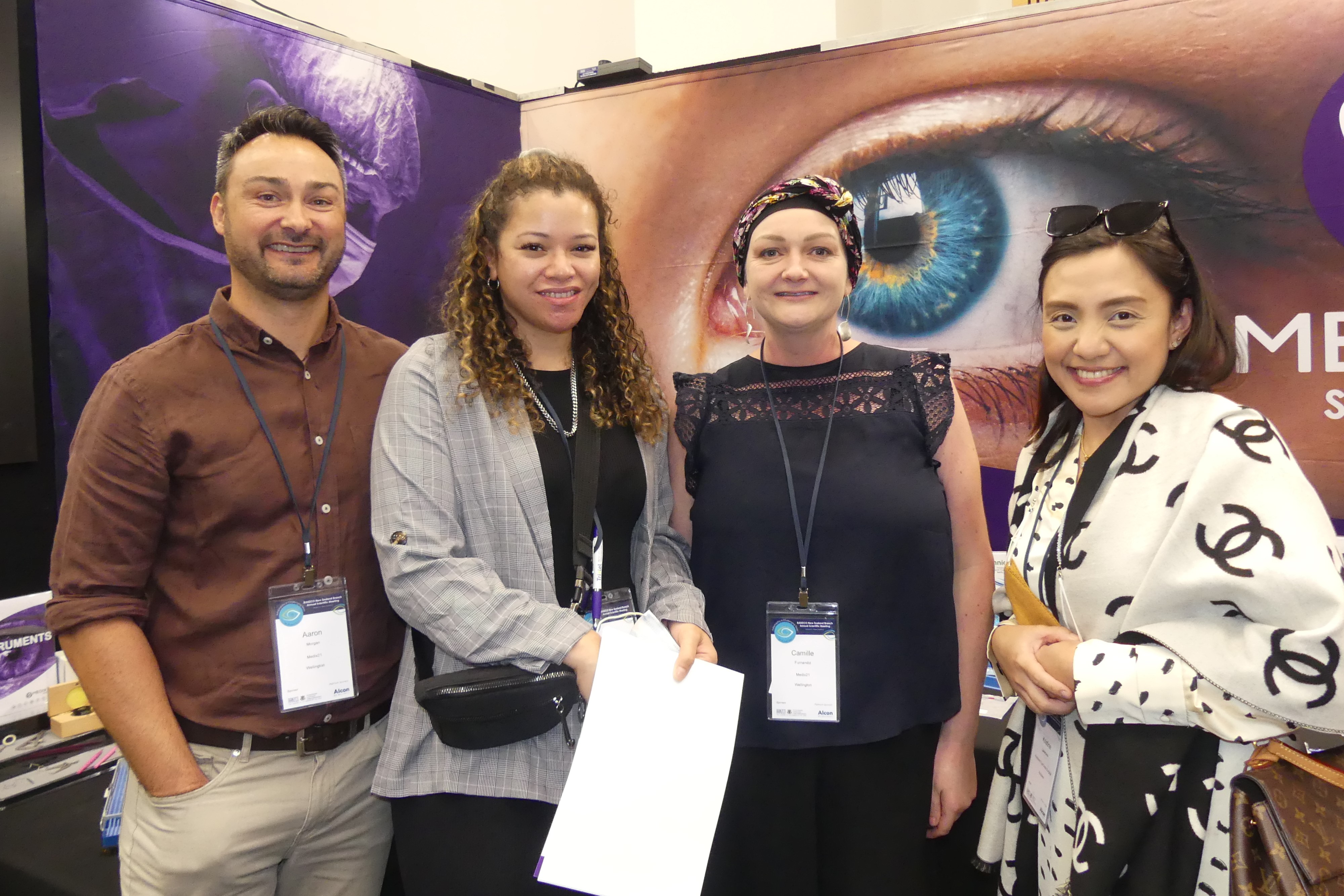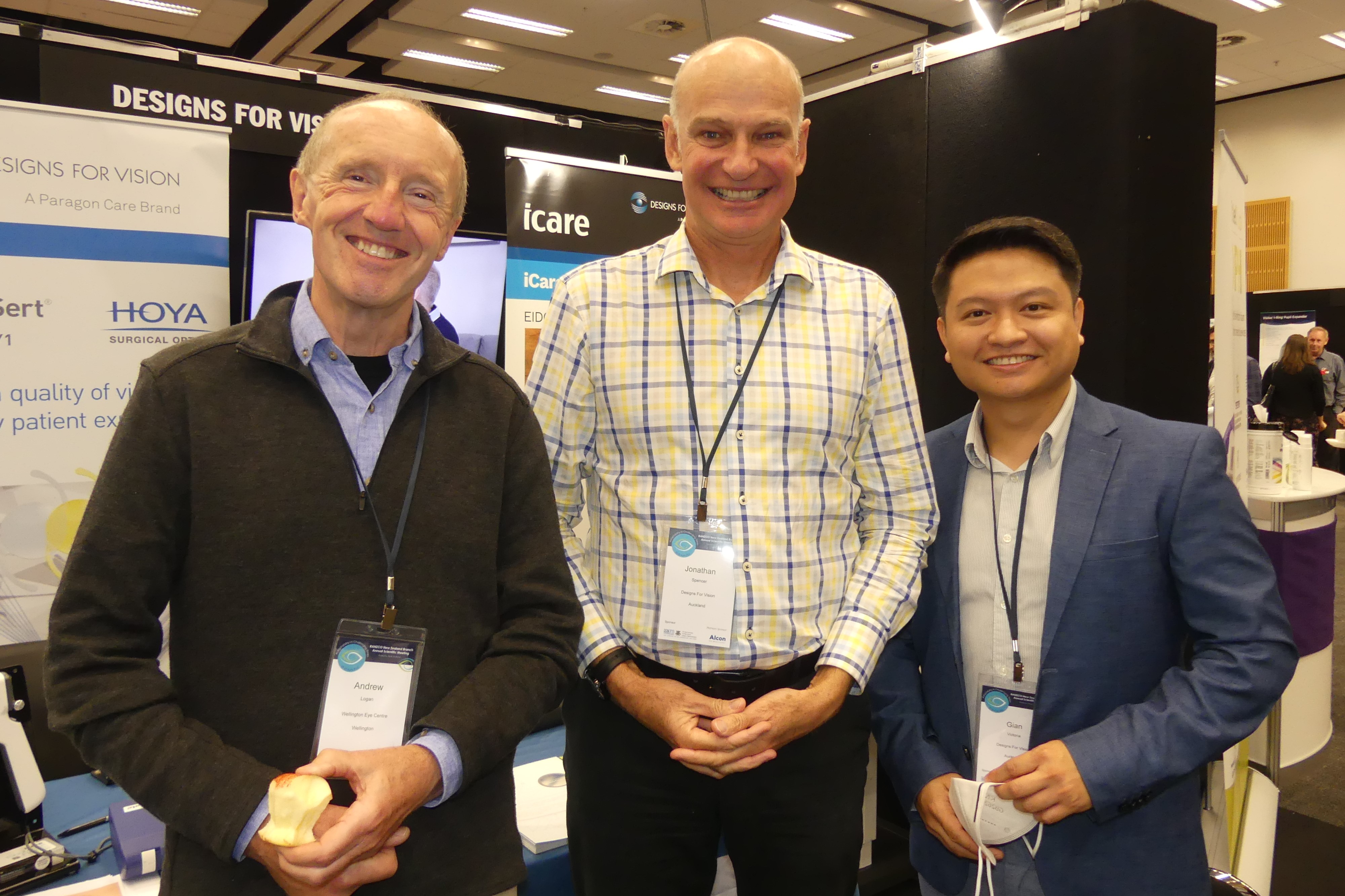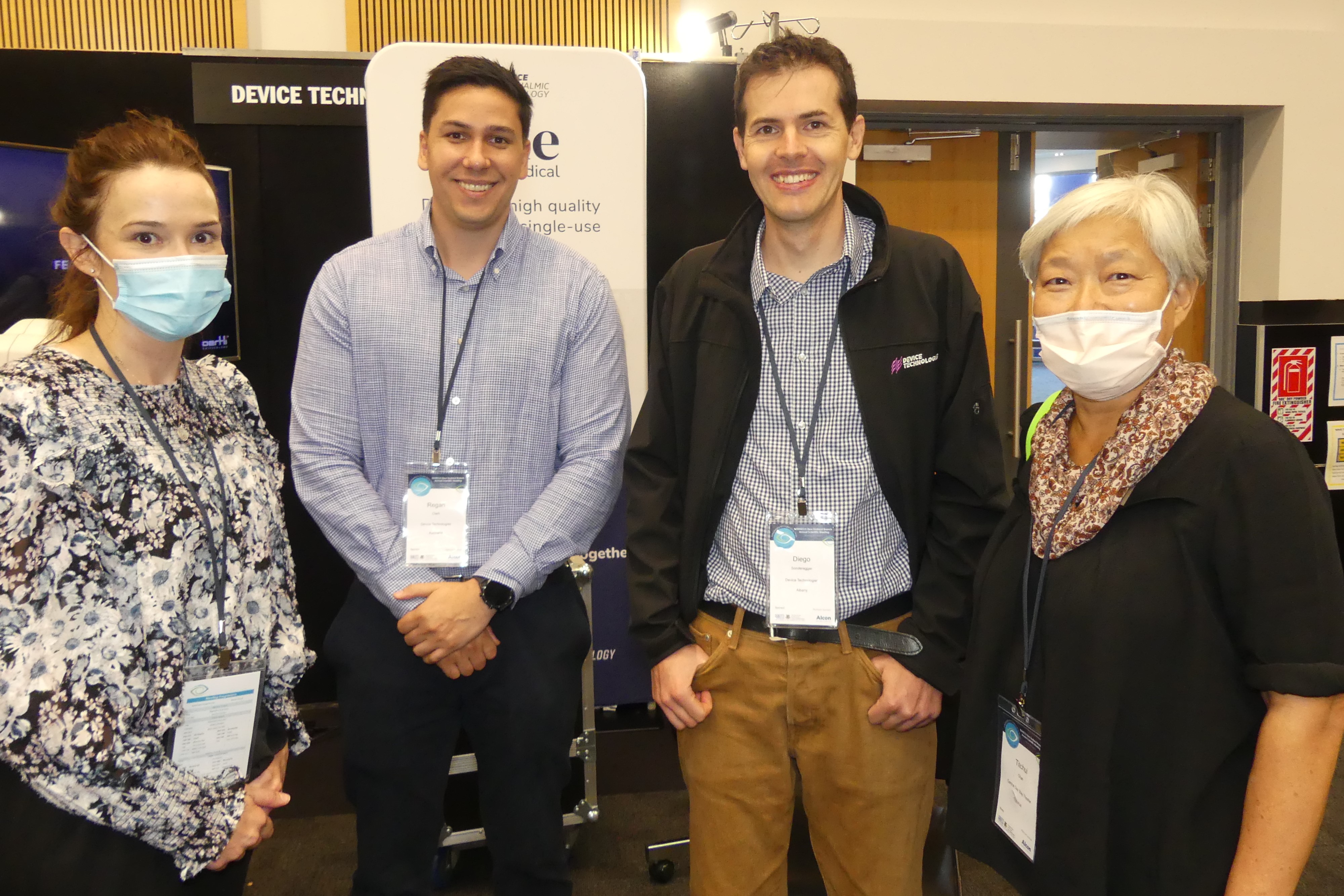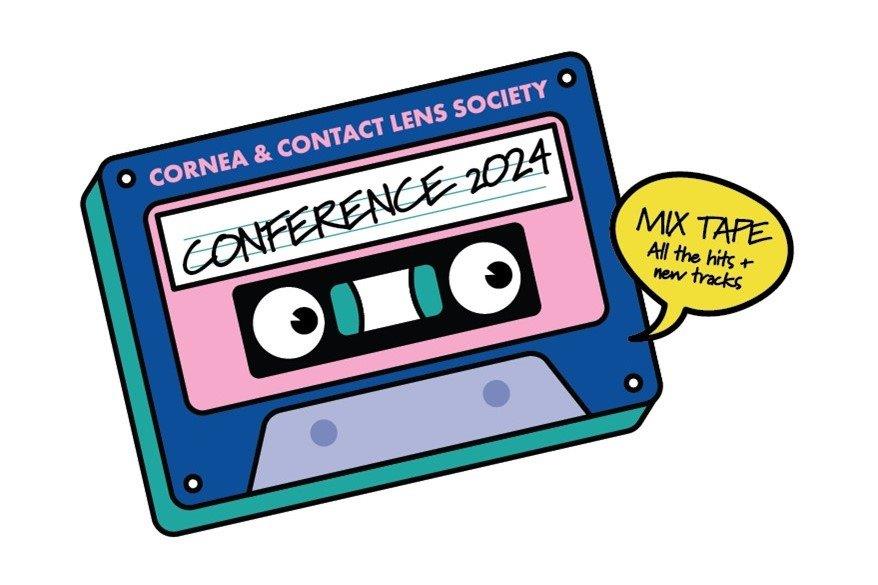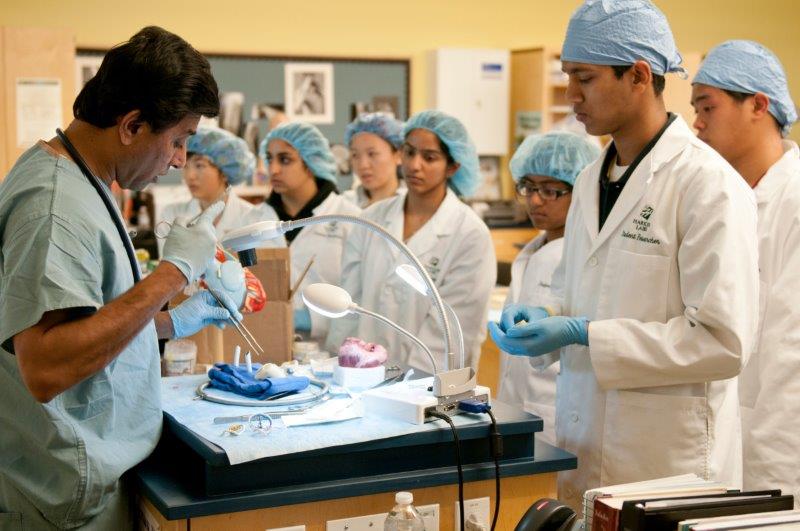OIC introduces next generation phaco VR technology
Ophthalmic Instrument Company (OIC) is set to introduce the newly launched DORC EVA Nexus phaco-vitrectomy system to New Zealand. With a roadshow planned as soon as the first EVA Nexus hits our shores, there was significant interest in the new technology at the RANZCO NZ meeting, said OIC’s Tim Way. “It’s a new generation combined phaco-vitrectomy machine, which is just as proficient for cataract surgery as it is renowned to be for vitrectomy.”
Perfected in collaboration with an international network of top ophthalmic surgeons, the EVA Nexus introduces multiple innovations in performance and efficiency, said DORC at its launch in Europe in March. This includes SmartIOP, a highly responsive infusion system, that combines with the existing EquiPhaco needle and sleeve technology to optimise control in cataract surgery, and EVA Aveta, a ground-breaking trocar cannula system, it said. “Since initial launch, surgeons have reported improved wound sealing and significantly improved performance (in initial clinical studies).” The EVA Nexus platform also includes EVA Inicio, a new generation ophthalmic micro-injection system which gives you precision and control when performing sub 1ml sub-retinal injections, it added.
The EVA Nexus features a host of improvements including active monitoring of balanced salt solution levels, a vertical and lateral adjustable monitor, a digital overlay and an easy-to-use footbrake for repositioning of the system, said Way. “A lot of combined systems are jack of all trades and masters of none, whereas the EVA Nexus really is a game changer, whether you are performing cataract surgery, VR surgery or a combination of both… so now you don’t have to have two different machines in your theatre.”
In other news, OIC’s Chris Malicdem unveiled the new Acutron advanced single electrolysis thermo-coagulation technology, which uses 2.0MHz radio frequency to treat dry eye, trichiasis, lymphangiectasia, persistent conjunctival, severe conjunctivochalasis and more. “The precision-controlled RF energy saves time, reduces bleeding and is less likely to cause complications by minimising thermal damage to surrounding tissue,” he said.







